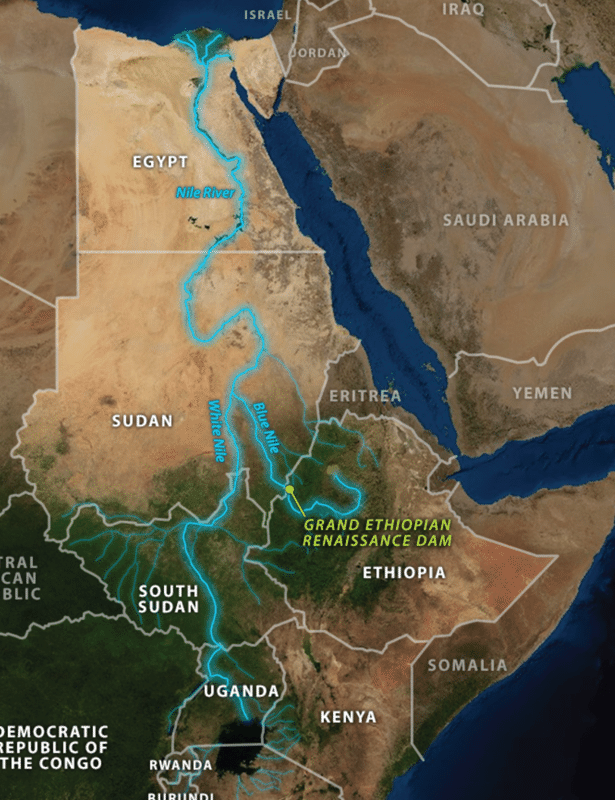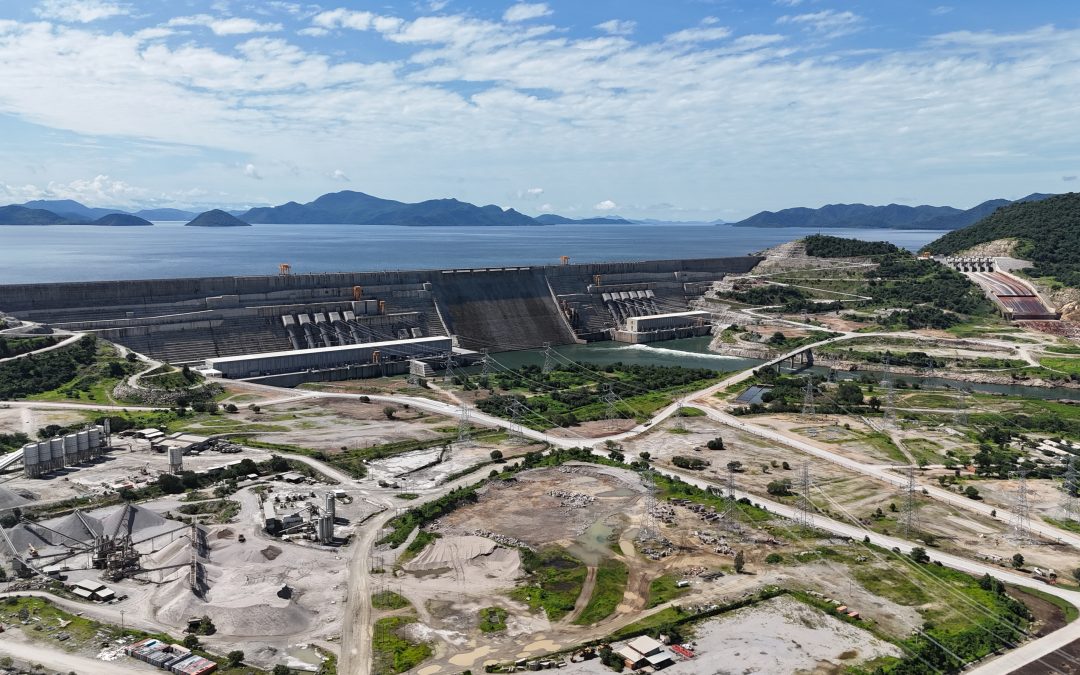The Nile Basin Expeditions
Several failed expeditions were made by world powers to discover the sources of the Blue and White Niles. To mention just a few, explorations of the Blue Nile were launched by Cyrus (the Persian king who reigned from 550-530 CE), Cyrus’s son Cambyses II (530-522 CE), Alexander the Great (336-323 CE), Julius Caesar (49-44 CE), and Emperor Nero of Rome (54-68 CE). The nature of the river, with its rapids and the fierce resistance of the upstream kingdom, made it difficult for expeditions to successfully explore the basin. By the late 1600s, both Spanish and British monarchs, as well as the French were supporting expeditions in search of new territories.
The literature shows that in 1618 a Spanish expedition led by a Jesuit priest, Pedro Paez, with the Ethiopian Emperor Atse Susenios, who ruled Ethiopia from 1606 to 1632, visited the source of the Blue Nile (a small spring above Lake Tana). A few years later in 1620, a Portuguese priest Jornebo Lebo arrived at the source of the Blue Nile. In 1672, the Ottoman traveler Evilya Celebi embarked on a journey across the Ottoman Empire, arriving in Cairo on June 4, 1672, from where he launched his 10-year exploration of Egypt, Sudan, and the surrounding areas. He recounted his experience in the 10th and final volume of Seyahatname, which translates as The Book of Travels (travelogue). Dankoff, Tezcan, and Sheridan published a 2018 translation of this volume under the title Ottoman Exploration of the Nile. They argued that Evilya’s explorations achieved two important events in the history of the Nile: he created the first elaborate map of the Nile River basin (still preserved in the Vatican Library) and the last volume of his book recounts his journey on the Nile from Cairo to Sudan and on to the Habesh (Abyssinia) lands
The Nile Basin Explorations
For the most part, most European expeditions had two purposes: to understand the world and to pass this information on to their governments to assist in the colonization and control of new territories. Great Britain controlled India and Southeast Asia and wanted to control the entire route from India to Britain along the Red Sea. With the information compiled from several expeditions, a blueprint was developed by the government to control Africa from the tip of the continent to the head of its eastern coast (as the slogan went, “From Cape to Cairo”). The plan had two stages: first, to secure territories under British direct control or within its sphere of influence in order to create a secure route for global trade, and second, to develop economic and regional projects throughout the region. The Greater Nile Development program was one such project


